You must be logged in to reply to this topic.
- Richard Feynman: A Curious Character, Creative Genius or Something Else Entirely...
-
January 19, 2013 at 2:51 am #13016
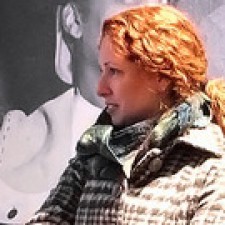
Prof. Karen GoodladParticipantPlease take a moment to comment on the following questions:
Which chapter in Feynman’s “Surely Your Joking” did you find of greatest interest?
Is there a connection between this chapter and General Education?January 21, 2013 at 3:28 pm #16347
J A MontgomeryParticipant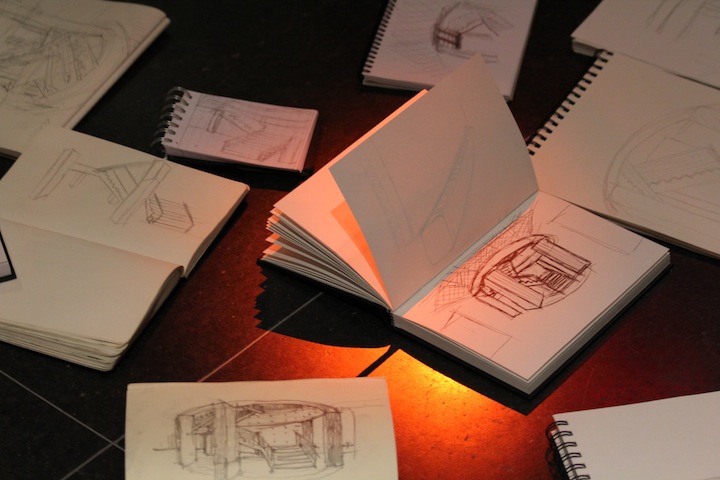
I was intrigued by the chapter But is it art? I believe drawing is a vehicle for many aspects of General Education, including opening the mind to investigation, inquiry, careful observation, as well as for understanding spatial relationships, optics, and the power of perception. These skills can apply to many fields: art, science, mathematics, medicine.
I have had many experiences teaching drawing to students with little or no drawing experience. Although artistry is certainly required for more sophisticated creations, everyone can achieve a base standard of drawing, and in the process gain some or all of the skills described above.
Richard Feynman writes of his discovery of the pleasure and impact art can have on people, something he did not appreciate before he starting learning to draw. I was surprised that he did not add to this insight, as I found so many insights into myself and to the world through my own drawing experiences. His “out of body experience” investigations show his great capacity for appreciating the subtle and often subconscious relationship of the body and the mind. I have found that the careful observation required in drawing from life takes me into a zone or mode of higher consciousness that I am sure Feynman would appreciate.
Drawing in my view could be and should be a standard component of High Impact Learning curricula, taking students into the studio and drawing from life as well as out onto the streets of the city to draw scenes they move through everyday without stopping to really look.
When I take my architecture students out to look at buildings, we always start or finish the day sketching together, and then sharing our sketches with each other. My goal is to encourage a habit of using the sketchbook as a everyday tool of investigation and note taking. Attached are two examples from working with my first year students, one from the Yale Art Gallery, the other at Rockefeller Center.
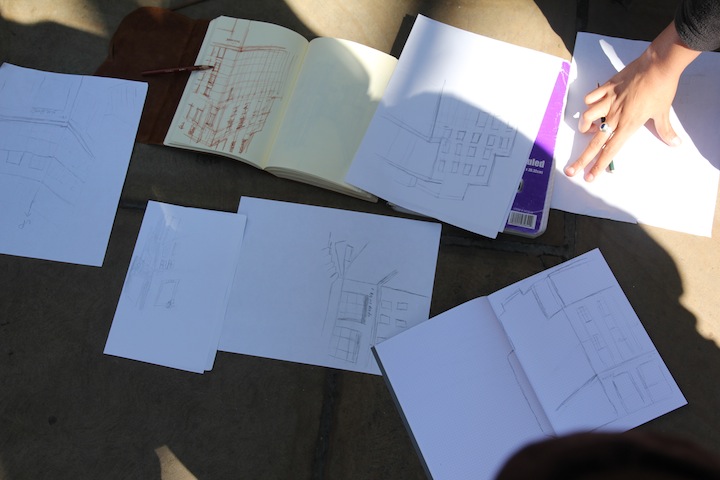 January 24, 2013 at 2:38 am #16362
January 24, 2013 at 2:38 am #16362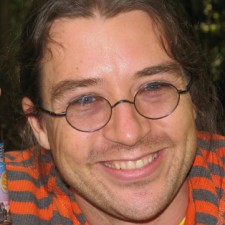
Jonas ReitzParticipant@Jason, welcome to the group and thanks so much for being our ‘first responder’. I love the pictures, too!
January 24, 2013 at 7:32 pm #16364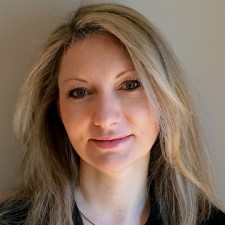
Anna MatthewsParticipantI did not finish the book yet but I enjoyed all the chapters I’ve read thus far – in each one there were so many simple words of wisdom, and so many connections to the world outside of field of theoretical physics (aka ‘general education’). I did not expect the book to be what I found it to be – a simply-worded, funny (without the intention to be so), and intriguing journey of one ‘curious character’ into the wonders of life. As someone with a strong biological background, not surprisingly, my favorite chapter is “The Amateur Scientist” where Feynman talks about his interest in biology (namely, single-cell organisms paramecium, ants, and dragonflies. Inquisitive mind that he is, he learns how nature works by experimentation and observation, using simplest of devices and a lot of patience, and not taking for granted the answers others had found before him “This is all a little amateurish; everybody knows the answer,but I did not know the answer,..” (p.94). It is this desire to find out for himself exactly how something works, perseverance and patience that led him to become the Scientist that he is. These are the qualities that I encourage in my students and that I believe are essential for learning by understanding, not memorization and mnemonics.
That being said, I am back to enjoying the book. Thank you for it.January 30, 2013 at 1:43 am #16424
Aida EguesParticipantRichard P. Feynman’s “Surely You’re Joking, Mr. Feynman!” (Adventures of a Curious Character) was pure joy. Perhaps the chapter that touched me most (by way of producing out loud laughter) was, Latin or Italian?
I grew up in a small, cosmopolitan, gentrified town. However, I lived in the part of town with a potpourri of houses peppered with the foreign accents of the parents of my first-generation friends. We were only seven households, but to us, it may as well have been seven hundred. We were as close as close could be, bound by a common kinship no other kids understood. While other kids from other families experienced American Legion or Elks Club barbeques, the Girl or Boy Scouts, and pajama parties, we taught each other how to box, kick, punch, and run like the wind to defend ourselves. You see, we all grew up listening to the native tongues of our families, speaking the languages at home, interpreting for our parents, and writing out their checks in English when the bills came to the house. We learned English first from characters in television shows with which we had absolutely nothing in common. And, this situation made us stand out in ways we did not welcome. But, we used our primary languages to our advantage and designed teachable moments and high-impact learning activities for one another.
Like Feynman, I devised a ‘new approach’ to how we could benefit from the richness of our languages. I was only eight years old, but the memories are in bright, primary colors. Foremost, I knew we always thought in our languages, even while in school. So, I figured that each of us as the children of immigrants needed to learn all of our languages.
So, we usually sat on my parent’s porch, or held class in our basement or backyard, where we practiced ‘colorful’ phrases to be used in certain circumstances against anyone who was unkind. I had a little blackboard on rickety legs, and a piece of chalk that was actually blocks of quartz I chipped off the porch walls. I had us create scenarios of predicament. We then practiced enunciation and timbre of the language of the day. We practiced gesturing and posturing. We tested our linguistic mastery by having the older boys order pizza, babakanoosh and baklava, and having it successfully delivered to the Chiropractor’s office down the block (who hated us). Luckily, our parents were clueless. Then, we taught our younger siblings the same, over and over until we could speak emphatically and gesture authoritatively in all of our languages.
We used what we learned with the kids who bullied us. We surrounded the bullies with the belief that we were plotting horrible things against them. We scared them because they had no idea what we were saying. After a short while, we were left alone. I think we were so frightening, with our bulging eyes, raised voices, arms swinging, hands gesturing in reverberating madness, that they were dumbfounded. It was magnificent!
We experienced how to learn and teach in many languages. We experienced the language of art and drama, and of camaraderie and creativity. We understood what we were doing, how we were doing it, why we were doing it, and what to do with it. And, we were only children. Imagine taking those experiences and attempting to help create magnificence within our students, so that they may find all the languages possible to rally against convention, embrace uniqueness, and explore the possibilities inherent in education.
January 31, 2013 at 3:32 pm #16457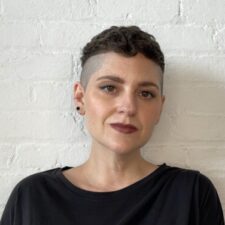
Laura WestengardParticipantThe chapter that I found most relevant was “The Dignified Professor.” Until this point in the book, I got the impression that Feynman was intellectually excitable and infinitely curious and exploratory. However, when he talks about his early experiences as a professor and the pressure he placed on himself to live up to the expectations of his institution, I found it added some depth and humanity to the portrait that Feynman paints of himself. Instead of a cocky, eccentric intellectual who nearly always “wins,” Feynman becomes a professor with anxieties and struggles, working to balance his passion for research with his teaching responsibilities and institutional pressures. He responds to this challenging situation with wisdom. Although teaching demands a lot of his time, he notes that when teaching a class, “you can think about the elementary things that you know very well. These things are kind of fun and delightful. It doesn’t do any harm to think them over again” (166). In this way, teaching reinvigorates his passion for a subject while allowing scholarly ideas to flow organically out of the experience, and through this process he finds that “questions of the students are often the source of new research” (166). Although Feynman didn’t have any formal pedagogical training, he responds to the challenges of academic life by incorporating the high-impact educational practice of “involving students with cutting-edge questions in scholarship” and with his own research (“High-Impact Educational Practices” 9). Even though teaching is demanding and at times makes it difficult for him to balance all of his professional responsibilities, he concludes that he would “never accept any position in which somebody has invented a happy situation for me where I don’t have to teach (166). Feynman’s response to professional struggle is relevant for discussions of General Education because it points out that high-impact teaching practices (and the kind of pedagogical focus associated with this work) not only benefit the students but also benefit the professors. A focus on innovative teaching in General Education courses does not distract from the pleasures and rigors of scholarly production. Instead, Feynman points out that the concepts of great teaching and active scholarship are mutually dependent and inextricable. This arises out of his foundational respect for students and a drive to constantly modify and improve his approach to teaching “elementary” concepts. While I found Feynman’s attitude toward women, mental health professionals, and the humanities quite off-putting, I can appreciate the intervention he makes in this chapter. And while I wish he had paid more attention in his English classes (rather than always trying to “escape” his assignments in some clever way), in “The Dignified Professor,” Feynman effectively communicates the struggles and joys of professorship.
February 1, 2013 at 1:31 am #16461
Andleeb ZameerParticipantThis book was a fascinating insight into one of the great scientific minds of his times. The book was funny and written in a very simple language. It is hard to imagine that one person can get to do so many crazy (fascinating) things in one’s life. His was the ultimate curious and scientific mind that was always asking questions whether it was complex problems in his own area of theoretical physics, the behavior of ants, opening the locks of safes at Los Alamos, trying to figure out how mind readers read people’s mind or mixing colors for painting. After reading the book, one comes away with a very strong feeling that there is no substitute for curiosity and thinking no matter what one chooses to pursue in life.
The chapter that I found most interesting and relevant was “A Map of the Cat?”. This chapter really sums up the problems we have in our education system where the emphasis is more on memorization rather than understanding. We in biology, both as instructors and students, spend too much time memorizing things that no one eventually can retain after several years and very little time trying to understand the concepts and asking the right questions. Science should be taught like science where students are encouraged to ask questions and explore things. Mr. Feynman’s life is evidence that if you are curious and if you can think then you can be successful in any scientific discipline whether it is physics or biology. One cannot help but feel that Mr. Feynman was indeed fortunate that he got to do what was his passion in life that is physics.
Regarding general education, this book is evidence of the problems that we have with regards to general education. Even a brilliant mind like Feynman did not have any interest in his English or Humanities classes. No wonder in a General Biology class, students from non-STEM backgrounds generally have such little motivation to learn biology. Yet we cannot overlook the need of general education in our curriculum.February 1, 2013 at 4:21 am #16467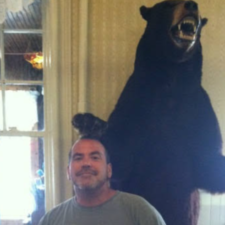
Robert LestónParticipantI want to point out what is easy to gloss over in this book and that’s Feynman’s very strong egoism, virility, and sexism, not to mention narcissism. I thoroughly enjoyed the book in many ways, but I can’t ignore that I found myself shaking my head for every few times I found myself being delighted. Sometimes I was mixed, wanting to laugh and groan at the same time.
But something clicked when F says he was feeling disgusted by physics and he decided to no longer care about why he was doing what he was doing. He was just going to play, like when he was a kid, to figure stuff out because it was fun, and then he noticed the differences in speeds of a smaller circle and larger circle in a wobbling plate and he got hooked on it. He mentioned that wobble and his explanation for it to his colleague who said, just as many of us would, yeah that’s interesting, but why does it matter? F’s answer: It doesn’t matter! I’m just doing it for just the sheer joy of celestial mechanics (my words, not his). For the fun of it. And so it led to some small prize of something or other.
Also is the lecture that he gave in Brazil that the science students in the Brazilian systems were learning the system and protocols of the education system beautifully but they weren’t learning actual science. They did not know what things meant, and F gives the example for triboluminescence (light emitted when crystals are crushed), that students could use this terminology and answer test questions correctly, but they could not perform an experiement to show it happening. F argued that rather then explaining phenomena in these terms that the Brazilians should engage nature more directly (do experiments with sugar, etc); then there’d be a good reason for the students to get curious and start performing experiment on their own.
So there’s something that rounds out both his professional and mischievous lives–this wild curiosity and glee about being alive in the world and being able to learn from anything and anyone. It’s inspiring and contagious, and a take away in whatever field I supposes is that it’s worth to try impart that sense of “just for the heck of it attitude,” a sense of experimentation and play.
February 1, 2013 at 1:40 pm #16469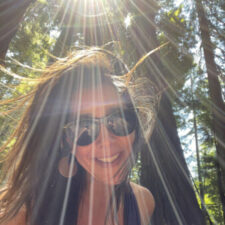
Jill BelliParticipantOne of the chapters that resonates with me is “Always Trying to Escape” (of course, with the disclaimer that I agree with Laura about Feyman’s somewhat disparaging view of the humanities–and other topics, and with Robert about Feyman’s often self-aggrandizing attitude).
What I do like about this chapter, aside from the mix of literature & philosophy with the otherwise science-heavy discussion, is the way in which Feyman appropriates his learning experiences for his own purpose, how he takes otherwise dull (at least, in his view) assignments and makes them relevant in the context of his own life. Instead of writing on the assignments exactly as they have been assigned (or put to him, from the top-down)–Mill’s “political liberty,” Huxley’s chalk, Goethe’s ‘Faust,’ or what the “bearded professor named Robinson” has “been talking about all year” (46-7)–he decides to take matters into his own hands and follow his own intellectual curiosity. He asks things that have not already been put to him, not pre-determined:”An interesting question, but ‘not’ the one we were supposed to discuss” (45).
Feyman claims this is a form of “faking” and “escapism,” but to me, it is his way of making some tedious work that is outside of his interest/desires/experiential context and combining it with what he does like and making something meaningful. This idea, that learning should come from the experiential reminds me of Dewey, and that theory and practice should not be isolated from one another but mixed in the learning experience (Freire’s notion of “praxis”). He starts with a question, a problem, and then later builds up to a theory, rather than the other way around: “As a result of these experiments, I began to get a little theory” (51).
Others in this thread have mentioned Feyman’s sheer curiosity, and that is something that I see as crucial to engagement in learning and general education. But how do we teach curiosity? How do we design it? For me, a lot of it comes back to the notion of play, which means loosening up some of the restrictions/rigor, which means not teaching to the test, which means showing real-world relevance, and encouraging risk and failure. For me, the best part of this chapter is not Feyman’s begrudgingly doing his humanities assignments but that his desire to explore and learn (that started with his philosophy assignment) continued long after he turned in his work for class: “After I had written the theme I continued to be curious, and I kept practicing this watching myself as I went to sleep” (49)”.
February 3, 2013 at 4:54 pm #16471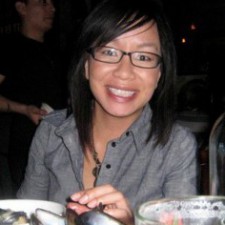
Pa HerParticipantThere were no significant chapters that really stood out for me. Rather, Feyman’s curiosity did prompt me to think about how I could develop my students’ attitudes towards life with the same curiosity. Certainly, there is room for improvement in my own. Because of his curiosity, he did anything that interested him, leading to achievements in academia, work, hobbies, etc. He reminded me of the playfulness of childhood–just having fun.
If attitudes could be shaped, what were some methods that could be use to help foster this way of thinking? Feynman’s curiosity was revealed through his thinking—it was immediate. He was always “brainstorming” in his head when he encountered anyone, or almost anything (as it seems in the book). I often wondered, whether or not our students engaged in a similar way when they came into the classroom. Is there any thinking going on? If they were not engaged in what educational psychologists call, “thinking about thinking” or meta-cognition, how do I, as an educator assess and develop this ability? Many of the threads prior resonate with the same or similar question.
I’m not really sure what the answer is, but this book got me thinking more about using high impact practices that could potentially encourage this type of thinking. I’m looking forward to the semester!
You must be logged in to reply to this topic.


